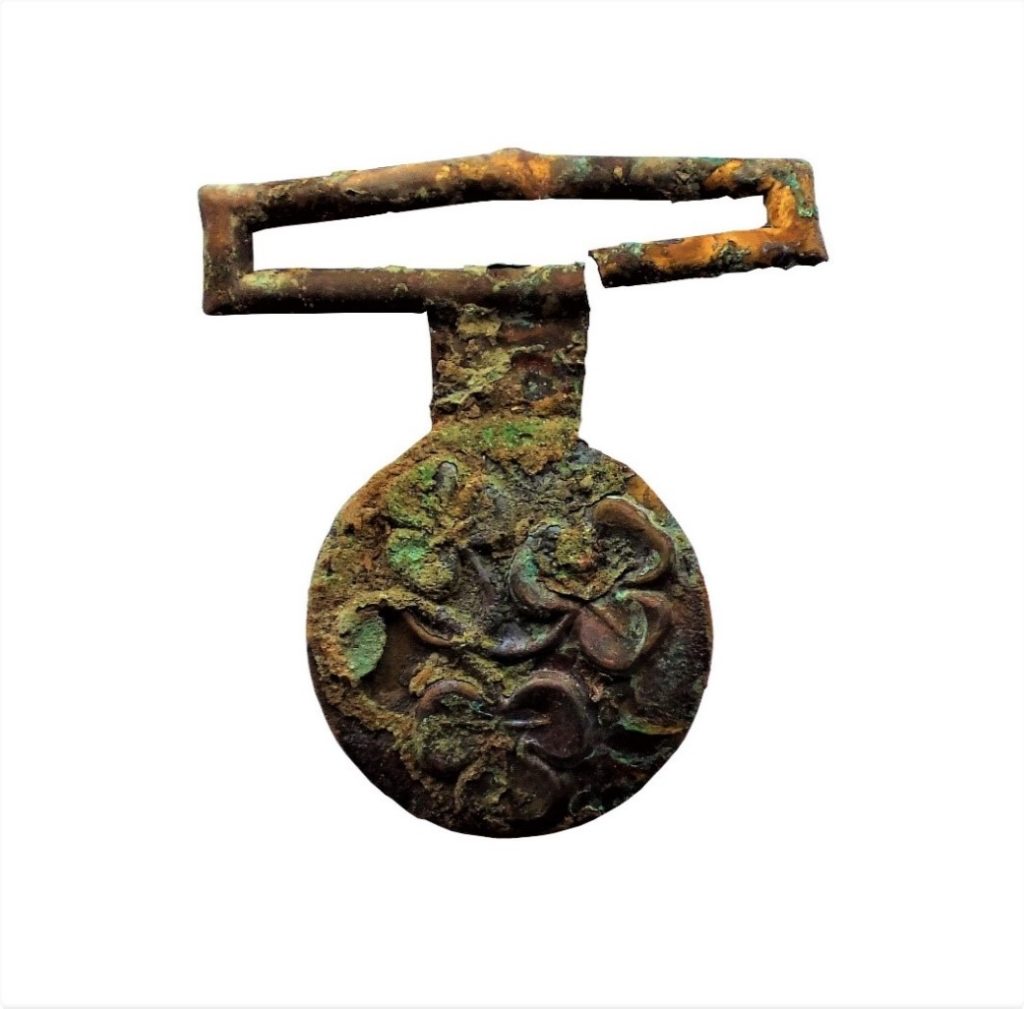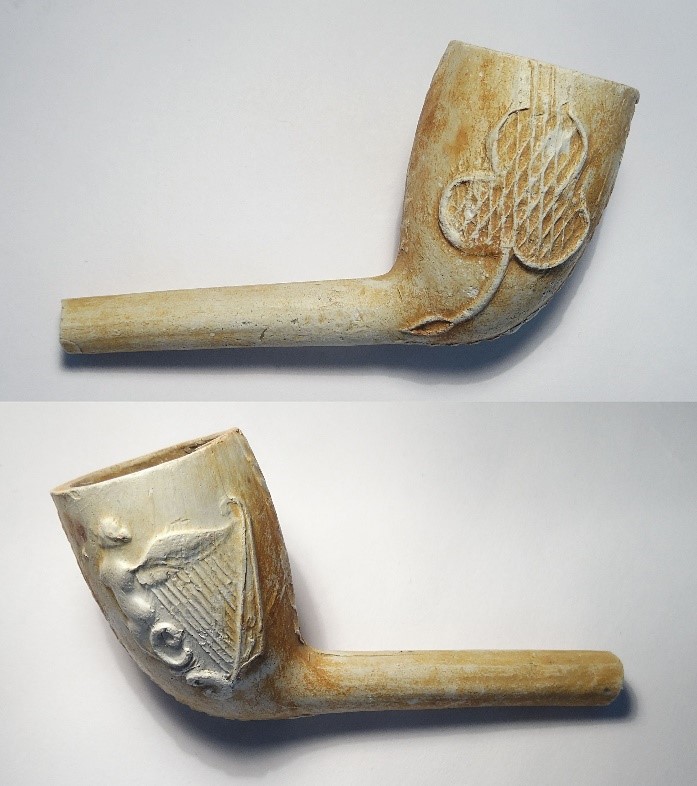St. Patrick’s Day 2020 / Lá Fhéile Pádraig 2020

Lá Fhéile Pádraig sona duit [law fay-leh pahd-rig so-na gwitch] ! That means Happy St. Patrick’s Day, in Irish Gaelic or ‘as Gaeilge’. This holiday began in the early 17th century when the Feast Day in honour of St. Patrick, Patron Saint of Ireland, was established. St. Patrick was a Roman citizen who converted many Irish people to Christianity in the 5th century CE (Ross 2016). St. Patrick was famous for driving the ‘snakes’ (a metaphor for non-Christians or druids) out of Ireland. Irish Catholic immigrants brought the celebration when they came to North America. It is important to note that not all Irish folk formally recognized St. Patrick’s Day. Irish Protestants instead aligned with the Protestant English and celebrated Orangeman’s Day instead (Cottrell 1992). In mainstream popular culture today St. Patrick’s Day is a celebration of Irish music and culture.
Two common symbols of St. Patrick’s Day and Irish heritage generally are the harp and the shamrock. While the four-leaf clover is thought to be lucky today, it was the three-leaf clover, or shamrock, that is associated with Irish identity. St. Patrick’s legend indicates that the saint used the three leaves of a shamrock to illustrate the Holy Trinity, or ‘three persons in one God’. Today, the shamrock is a central symbol for St. Patrick’s Day. The artifact above is a beautiful copper-alloy buckle likely dating to the mid 19th to early 20th century, displaying three shamrocks. It was retrieved from an Irish-settler site in Toronto. Another common “Irish” symbol is the Celtic harp, or ‘cláirseach’ in Irish Gaelic. It appeared on coins, and in the coat of arms for the Republic of Ireland, the UK, and Canada. It is also a common motif on kaolin clay pipes which are regularly found on archaeological sites.

Artifacts are often classified as ‘Irish’ when symbols that are often associated with Irish culture are noticed, such as the shamrock or harp. However, this can be problematic when used by themselves to infer the cultural background of the individuals who made, owned, and used such objects. During the 19th century, many of these objects were mass-produced for sale within a wide ranging market economy. While many of these objects were marketed towards the Irish communities, there are a wide variety of other reasons of why non-Irish people would have purchased, had, or used them. We must be cautious about the ‘aha’ moment of connecting an artifact with a shamrock with an Irish identity to make sure we are not inadvertently stereotyping the past with contemporary assumptions.
St. Patrick’s Day often highlights many Irish stereotypes that should be contested. Archaeological research conducted by staff member Charles Orser in Ireland, in counties Roscommon, Sligo, and Donegal, revealed that before the Great Famine, many Irish tenant farm families were engaged in self improvement. These counties, in the west of the island, were some of the hardest hit by the potato blight that wiped out the main food crop of most tenant families. Excavation shows that in the years preceding the arrival of the blight, several rural Irish families participated in Britain’s developing consumer society, acquiring the latest in ceramic wares from English and Scottish factories. Discovery of needles, thimbles, and glass beads (decorations on lace-making bobbins) demonstrate that women contributed a great deal to the household economy (Orser 2006). With the famine and disease that accompanied the blight, most of the poorest farmers faced the choice of emigrating if possible or entering the dreaded workhouse.
Irish people have a long history of emigrating and settling in Canada, from the 17th century on the island of Newfoundland, through the 19th and 20th centuries throughout Canada. Most of the Irish men and women who came to Canada before 1840 were Protestants that had the economic resources to emigrate of their own accord. The largest immigration occurred during the years of the Great Famine (‘An Gorta Mór’), 1845-1851, when a huge number of Catholics were evicted and sent west across the sea. Traditionally, the Catholic Irish all celebrated St. Patrick’s Day, wherever they settled.
Not all Irish immigrants in Canada remained in the cities. Many families decided to continue farming, as they had done in Ireland. In Ontario, after arriving in Toronto, Kingston, and other urban areas, families spread throughout the province. In many instances, the families settled in the close proximity to each other and were drawn together by their home in Ireland or by the presence of religious institutions. One place they settled, in the 1840s, was Lucan in Biddulph Township. They named the town after the estate of an Irish landlord because they thought the local landscape resembled the estate in Ireland.
Citations:
Cottrell, Michael
1992 St. Patrick’s Day Parades in Nineteenth-Century Toronto: A Study of Immigrant Adjustment and Elite Control. Histoire sociale – Social History, Vol. XXV, n. 49 (May 1992): pp.57-73.
Orser, Charles E., Jr. (ed.)
2006 Unearthing Hidden Ireland: Historical Archaeology at Ballykilcline, County Roscommon. Wordwell, Bray.
Ross, Ashley
2016 The True History Behind St. Patrick’s Day. Time Magazine, March 16, 2015. Available online: https://time.com/4261456/st-patrick-day-2016-history-real-saint/.
Shaw, Drew
2019 Clay Pipe [photo]. Available online at: https://www.pinterest.ca/pin/463941199113118225
